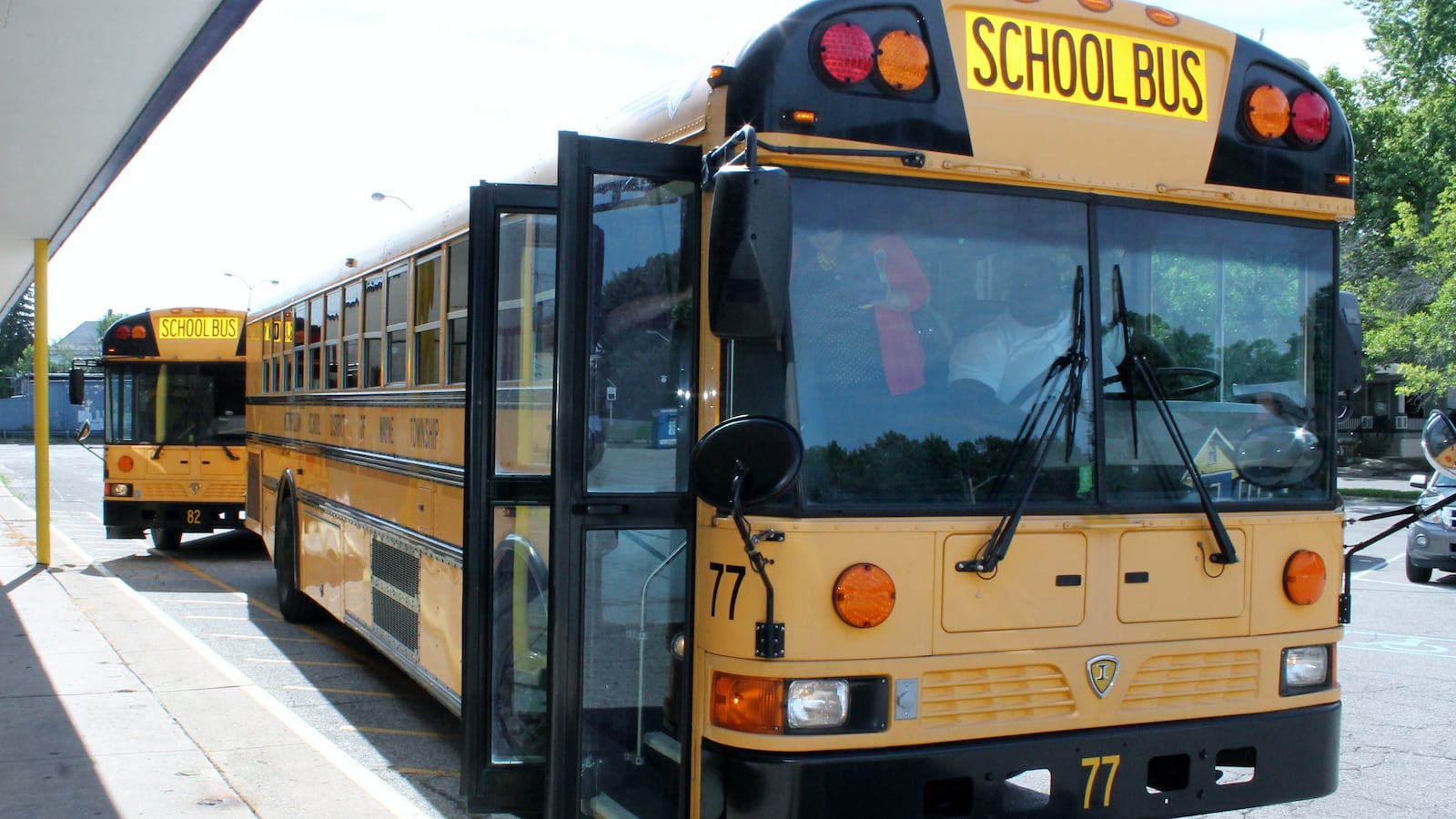A new study finds that families who use a private-school voucher are happy with their choice — but also points to an obstacle that keeps some families from using a voucher at all.
The problem: In North Carolina, vouchers don’t stretch far enough for many poor families, leaving them unable to cover the true cost of a private school education.
“Parents cited hidden or unanticipated costs, such as transportation, as well as breakfast and lunches, which would otherwise be provided free of charge at a traditional public school,” authors Anna Egalite, Ashley Gray, and Trip Stallings wrote.
The research, which was released through North Carolina State University and hasn’t been formally peer-reviewed, points to potential benefits and downsides of school vouchers, a key priority of Education Secretary Betsy DeVos.
North Carolina’s program offers a voucher — called an “opportunity scholarship” — of up to $4,200 to families. In the 2015–16 school year, there was funding for over 6,000 students to participate, but only about 3,500 ended up using a voucher, about two-thirds of those applicants.
The researchers convened focus groups and surveyed thousands of parents who applied to the state’s voucher program, which began in 2014. A key caveat: the survey was voluntary, and only about a quarter of applicants responded.
Still, the report sheds light on potential barriers to using North Carolina’s program.
Wrote one parent in response to a survey question: “We couldn’t afford for them to eat breakfast at home then bring their lunches, daily. So we had to send them to public school cause the breakfast and lunches are provided free.”
Even families who took advantage of a voucher said it generally did not cover the full cost of the private school. Only about one in five families surveyed said the scholarship paid the entirety of school expenses, with another two-thirds saying that it paid for most of the private school costs.
“I make minimum wage, was awarded the full amount of the scholarships, and still have to pay about $4000/year which is the remainder of the tuition cost, application fees, yearly activity fees and other nonrefundable administrative costs, lunches, and of course the uniforms,” wrote one parent. “There isn’t any assistance available for these things. I wish my kids could play sports too but it just costs too much.”
Another potential hurdle for poor families: consistent access to the internet or phone. In a forthcoming study, Egalite, an assistant professor at North Carolina State, finds that over a quarter of applicants in 2016 did not receive a voucher because they did not respond to the state’s attempt to communicate by phone or email.
One barrier that did not come up, at least in focus groups and surveys, were discriminatory rules against LGBT students or families, a topic that has received considerable press attention in North Carolina and elsewhere.
One way to make the vouchers more useful to low-income families would be to increase the funding per student, although this would be unlikely to satisfy critics of vouchers who argue that they drain funding from public schools.
Egalite also suggested expanding the difference between vouchers given to lower-income families versus middle-income families. (North Carolina’s program already has this feature, though only to a slight degree: a family of four making less than $45,500 qualifies for the full voucher, while a family of four making between up to $60,528 can receive 90 percent of the full voucher.)
Meanwhile, consistent with past research on school choice, families who did use a voucher were generally pleased with the quality of their private schools relative to the public school their students had switched out of, according to the survey.
The vast majority of families gave the private school an A or B grade, and were also generally satisfied with safety, teacher quality, discipline, and values-based instruction.
North Carolina voucher
InfogramBut Egalite notes that it’s unclear why parents rated the new schools so highly.
“Some people put a lot of weight in that and think that’s a really important metric,” she told Chalkbeat. “I think it’s hard to parse out, when you’re looking at first-time school choice users — are they happy with the school that they’ve chosen or are they happy that they got to exercise choice for the first time?”
It’s also possible that families who responded to the survey were more satisfied than those who did not.
School choice advocates have increasingly focused on parental satisfaction and educational attainment measures, as opposed to test scores, for judging the impact of voucher programs. A number of recent studies have shown that students perform worse on tests after receiving a voucher, but in some cases catch up after a few years in the program.
To date, the impact of North Carolina’s voucher program on student achievement has not been rigorously analyzed, though Egalite is working on a study to compare the performance of public and private schools, using tests administered to students who volunteer.


